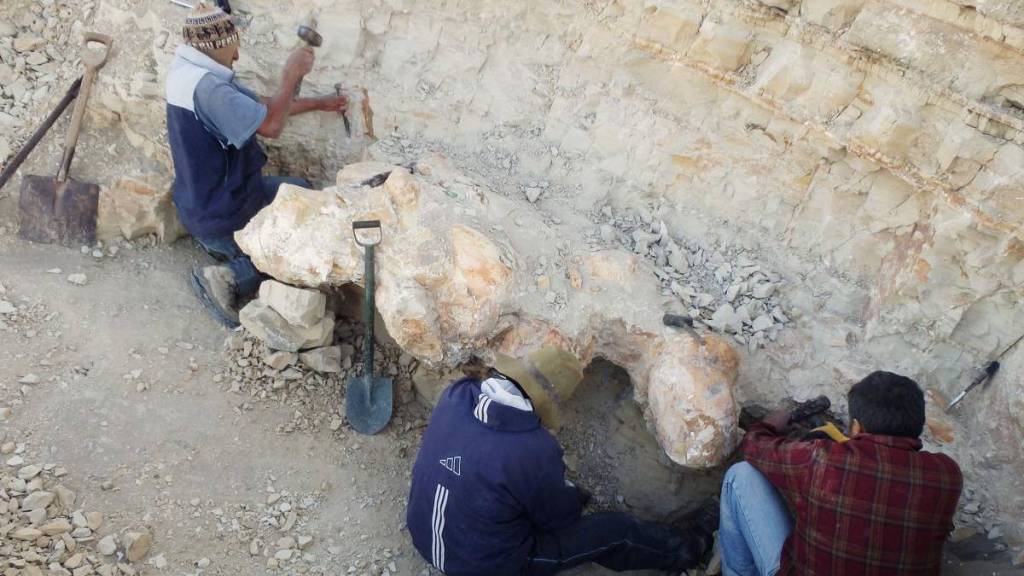The heaviest animal on the planet- Blue whale, might have a rival species that lived around 40 millions years ago. The species is named Perucetus colossus by the scientists who have been studying its fossils for 13 years. This old member weighed close to 200 tonnes, that is, around 1,50,000 kilograms.
Scientists have been digging the fossil which was found in the desert in southern Peru, and that’s how the animal is named after the country, Peru. So far, they have successfully engraved 13 vertebrae, four ribs and part of a hip bone of this whale. The distinctive features of the fossil have helped scientists to know more about the structure. It is believed that the whale would have been 17 meters to 20 meters long which is a normal length for a whale.
The surprising element for the scientists was that the bones are not hollow but extremely dense caused by a process known as osteosclerosis. Initially, they thought it could be a disease that made this whale extraordinary but more evidence with time proved the scientists wrong. The bones alone weighed around 5.3 and 7.6 tonnes and if we add other organs like muscle and blubber, it would be as heavy as between 85 tonnes and 320 tonnes. In comparison to Blue Whale, it weighed only 200 tonnes.
The revolutionary discovery was made by Mario Urbina from the University of San Marcos’ Natural History Museum in Lima and researchers around the world started digging the Ice desert, a region in Peru, to solve this old partner of whales. It is yet to discover the eating practices of these species. As said by one of the researchers, “I wouldn’t be surprised if this thing actually fed in a totally different way that we would never imagine,” we cannot guess the new unfolds of the discovery.


